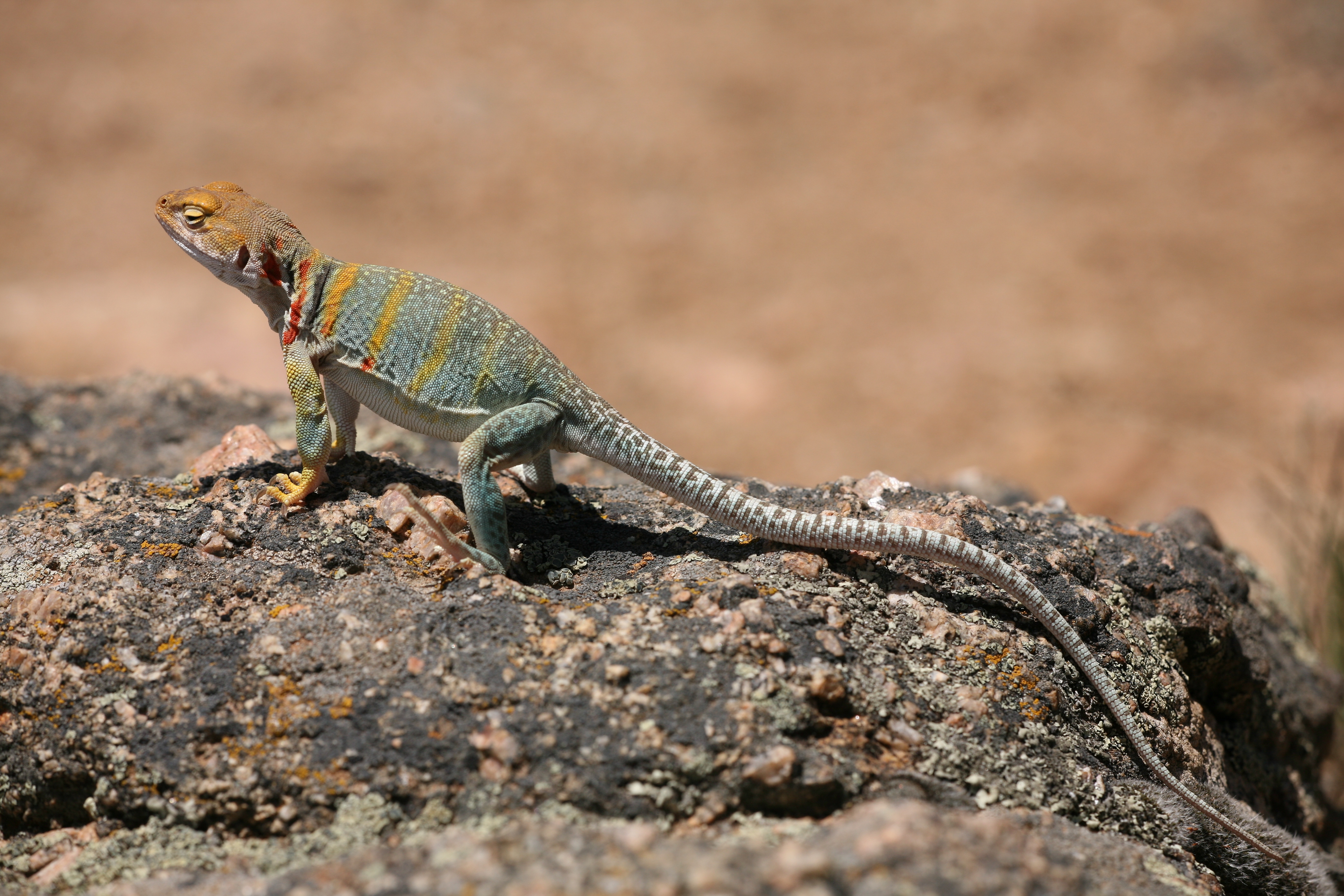An underwater expedition made news early in April of last year for successfully finding the USS Johnston, considered one of the deepest shipwrecks ever found considering its staggering depth of 6.5 km (4 mi). Having been sunk under the waves of the Philippine Sea back in WWII during a naval battle off the coast of the Philippine island of Samar, the warship rested under the sea for decades until an intrepid team of explorers led by Caladan Oceanic founder Victor Vescovo finally gave the ship its first glimpse of light in almost 80 years.
What wasn’t immediately noted in the news, however, is that the team actually made a previous dive just days before. There, the team was a few kilometers off their target—which normally would have been the end of the story had they not found something remarkable swimming around: a squid that apparently lived some 6 km (3.7 mi) underwater. Their stunning find was published in the journal Marine Biology.
The sea critter swam gracefully at a distance and was spotted through the lens of Vescovo’s two-person submersible by lead author Dr. Alan Jamieson, from the University of Western Australia School of Biological Sciences and Oceans Institute, as he scoured through the video recordings of the dive.
Jamieson took the footage and handed it over to Smithsonian Institution Curator of Cephalopods, zoologist, and co-author Michael Vecchione, who confirmed the seemingly deepest-sea squid as a magnapinnid squid, otherwise known as bigfin squid.
Vecchione calls the peculiar squid “weird” in a statement to the Smithsonian, as “[they] drift along with their arms spread out and these really long, skinny, spaghetti-like extensions dangling down underneath them.” According to Vecchione, the squid uses these extensions to capture their prey. “This dive showed that multiple types of cephalopods can live in at least the upper parts of these really deep ocean trenches,” Vecchione added in an email to LiveScience.
Monterey Bay Aquarium Research Institute deep-sea ecologist Bruce Robison calls the find “fascinating” due to the presence of the squid in the area. As squid are often top predators in a so-called “complex ecological web,” Robison believes there may be more deep-sea creatures within the vicinity that have yet to be discovered and described.
The find also brings in other questions in scientific discussion—not the least of which is the question of what adaptations the squids and other creatures around it needed to survive at such extreme depths, where pressures are around 600 times greater than those at the water’s surface.
Remarkably, this wasn’t the only discovery made by Jamieson and Vescovo during the dive; a separate expedition back in 2020 gave the world its deepest-ever octopus sighting, and at around the same time that they found the deep-sea squid, they also found a jellyfish swimming around some 10 km underwater.
Jamieson hopes the recent finds will challenge preconceived notions that waters this deep are devoid of life, and may then usher in greater awareness of how rich underwater life truly is at these depths.
(For more remarkable finds in nature, check out the story of Fernanda, the last of the Fernandina giant tortoises (for now); afterwards, read about the two California condor chicks who hatched from what appear to be unfertilized eggs.)
References
- Amos, J. (2020, May 28). World’s deepest octopus captured on camera. BBC News. https://www.bbc.com/news/science-environment-52839678
- Baraniuk, C. (2021, December 29). Behold, the deepest-dwelling squid known to science. Hakai Magazine. https://hakaimagazine.com/news/behold-the-deepest-dwelling-squid-known-to-science/
- Jamieson, A. J., & Vecchione, M. (2021). Hadal cephalopods: First squid observation (Oegopsida, magnapinnidae, magnapinna sp.) and new records of finned octopods (Cirrata) at depths > 6000 m in the Philippine Trench. Marine Biology, 169(1), 11. https://doi.org/10.1007/s00227-021-03993-x
- Morelle, R. (2021, April 2). USS Johnston: Sub dives to deepest-known shipwreck. BBC News. https://www.bbc.com/news/science-environment-56608713
- Specktor, B. (2022, January 18). World’s deepest-dwelling squid spotted 20,000 feet under the sea. LiveScience. https://www.livescience.com/worlds-deepest-squid-philippine-trench
- Yirka, B. & Phys.org. (2022, January 20). Deepest-dwelling squid observed at depth of 6,200 meters. Phys.org. https://phys.org/news/2022-01-deepest-dwelling-squid-depth-meters.html











